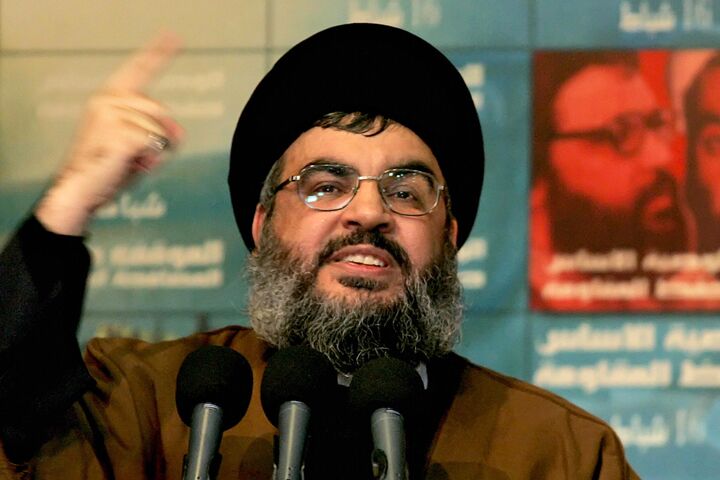
Hezbollah Remains Ever-Present Threat
JERUSALEM—In an interview broadcast earlier this week on the Al Jazeera satellite network, Hezbollah head Hassan Nasrallah stated, “Just like in July 2006, so in July 2007, we have the capability of striking any target at any point in occupied Palestine.”
Nasrallah’s assertion comes just a week after meeting with President Ahmadinejad of Iran and President Assad of Syria in Damascus.
At a Jerusalem press briefing Thursday, the UN political affairs director at Israel’s foreign ministry, Ron Adam, gave full credence to Hezbollah’s rhetoric. “The fact is that the situation is as it was before the war when it comes to the issue of arms and weapons of Hezbollah,” he said.
Hezbollah’s total overhaul and restocking of arms in Lebanon to pre-war levels is a fact as obvious as it is daunting. In last summer’s war, almost 4,000 rockets were fired into northern Israel.
More shocking, though, is the ease with which the weapons are crossing the Syrian border, with little intervention. “This is not smuggling,” a senior Israeli security source said, “but the open transfer of weapons, a veritable industry.”
Mr. Adam went on to say that “on a weekly basis it comes mainly through land with trucks,” referring to the flow of illicit weapons into Lebanon. Once across the border, the weapons are stashed “back into villages as they were before the war, under the private houses of people in southern Lebanon.” It seems Hezbollah is planning once again to use Lebanese “non-combatants” to act as deterrents to Israeli air strikes as it did last summer.
In addition to using villages and civilian houses to stash the weaponry, Hezbollah is stashing weapons in 19 or 20 areas from which unifil is restricted, classified as “nature reserves,” Mr. Adam said.
But even if the UN peacekeeping force were given access to these areas, it would be illegal for them to take the weapons. The present UN resolution relies solely on Hezbollah voluntarily giving up its weapons; they cannot be taken by force.
The process under the current resolution is for the UN to inform the Lebanese Army of the location of the arsenal and for the military to come and confiscate the weapons, Mr. Adam said. This has clearly been a disastrous procedure, given the fact that Hezbollah has completely restocked its armaments in the past year.
With the current UN resolution ending in August, Mr. Adam said that Israel was looking for a more “active” participation by the UN in the new draft. But with Hezbollah already rearmed to the full thanks to a year of international inaction, Israel should be concerned about a summertime strike. Hezbollah has the weapons, and once Iran approves, they will be used. For more on this situation, read “Hezbollah Can Launch 3,000 Rockets a Day Into Israel” and “Cease-fire: Must Hezbollah Disarm?”
